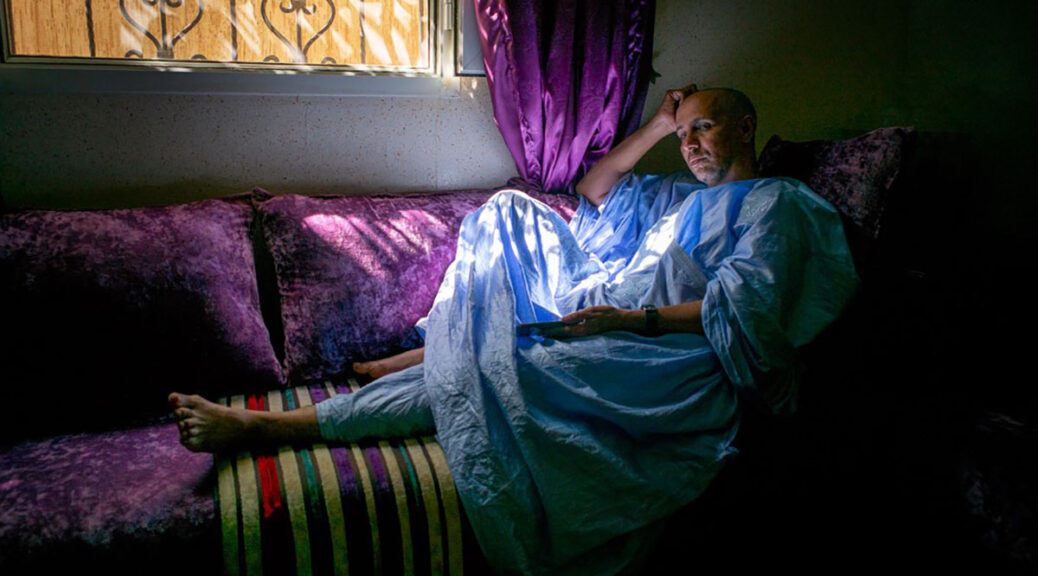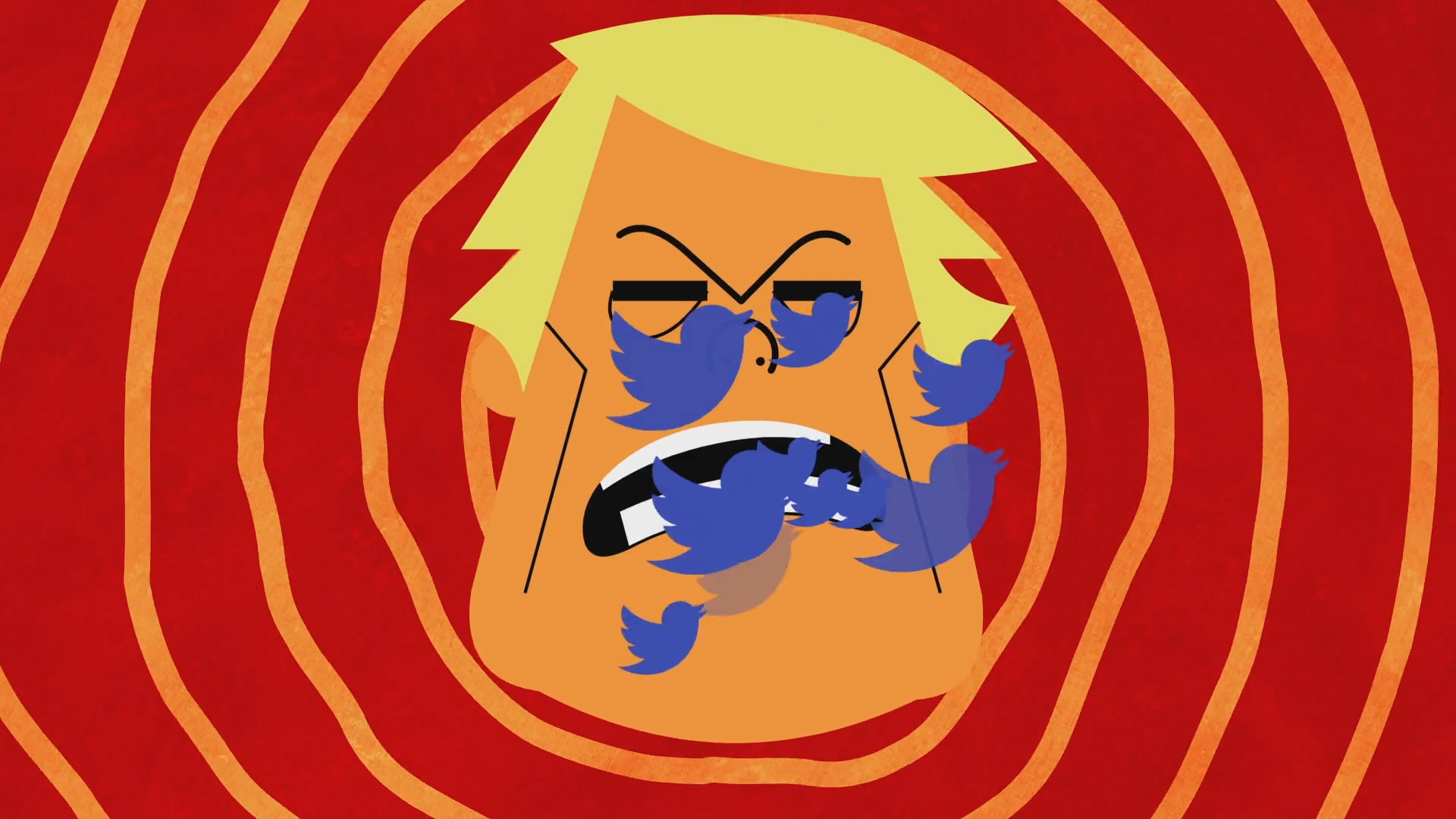Elemental: Reimagine Wildfire
by Tori Hanes
Fire, as the ultimate threat, has laid heavily in the public’s mind for a handful of years. West Coast dwellers live in near constant fear of ill-contained flames. With a significant spike in ravenous flames throughout the past decade, how can a government possibly triangulate and identify a solution to the rapidly progressing problem? As much as it postures, Elemental: Reimagine Wildfire doesn’t offer that fix.
Director Trip Jennings knows how to accost audiences right in their vulnerable ethos. Jennings thrusts us into Paradise, California during an autumn day in 2018. With ash blocking the sun and blazes destroying the city, an unbelievable loss of 85 lives and 18,000+ properties result from the string of ravaging forest fires the year produced. Firsthand iPhone video accounts of shaken parents throwing sobbing children into the back of cars as fires overtake their once sleepy streets is haunting. However, Jennings relies on this initial emotional connection to keep audiences engaged through a scientific and roaming remainder.
The film is a heavily logistical view of attempts to mitigate the impact of fire-based disasters on the human population. What is so deeply interesting and perplexing is the film’s failure to speak on the cause: climate change. It feels like a well-formulated dance around a concrete base. Elemental: Reimagine Wildfire makes no mystery that a rapidly changing climate is to blame, but also does no due diligence of explanation or exploration. It seems to unintentionally avoid the topic, which is incredibly strange. Ultimately, you end up wondering what the purpose behind the snub really amounts to.
This is not to say Jennings is an untalented filmmaker. The documentary itself is interesting, and digestible in its heavy scientific musings. The daunting subject matter is presented fairly and accurately, but a call to arms is missing. Beyond the begrudged idea that West Coast landowners should investigate fire-proofing their homes, no massively hopeful or inspiringly pessimistic conclusions are made.
Even in the lovely landlocked region of the Midwest, fire threat has become a permanent and harrowing dilemma. Elemental: Reimagine Wildfire offers no solutions, although it will thoroughly explain half hearted ideas. For a some, it’ll result in more confusion than comfort.














